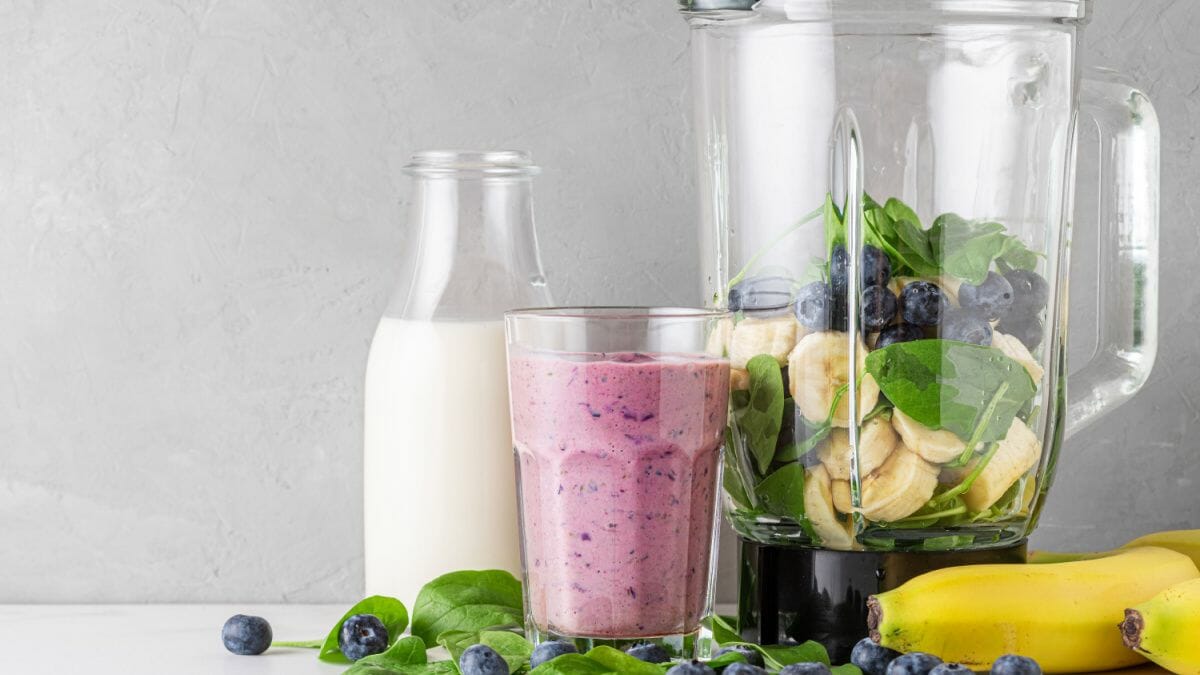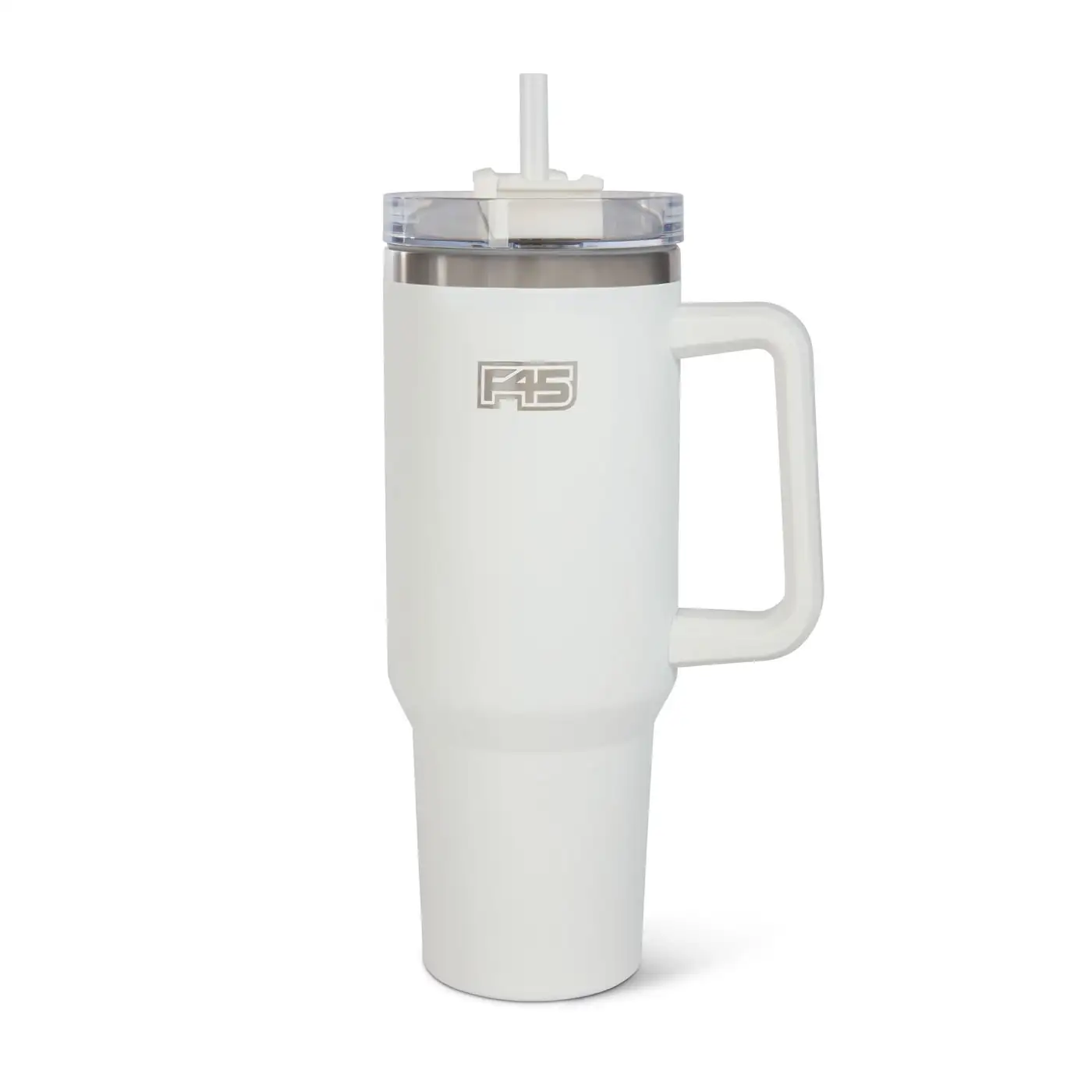May 20 | 2022 | Kimberly Bowman, MS, CNP
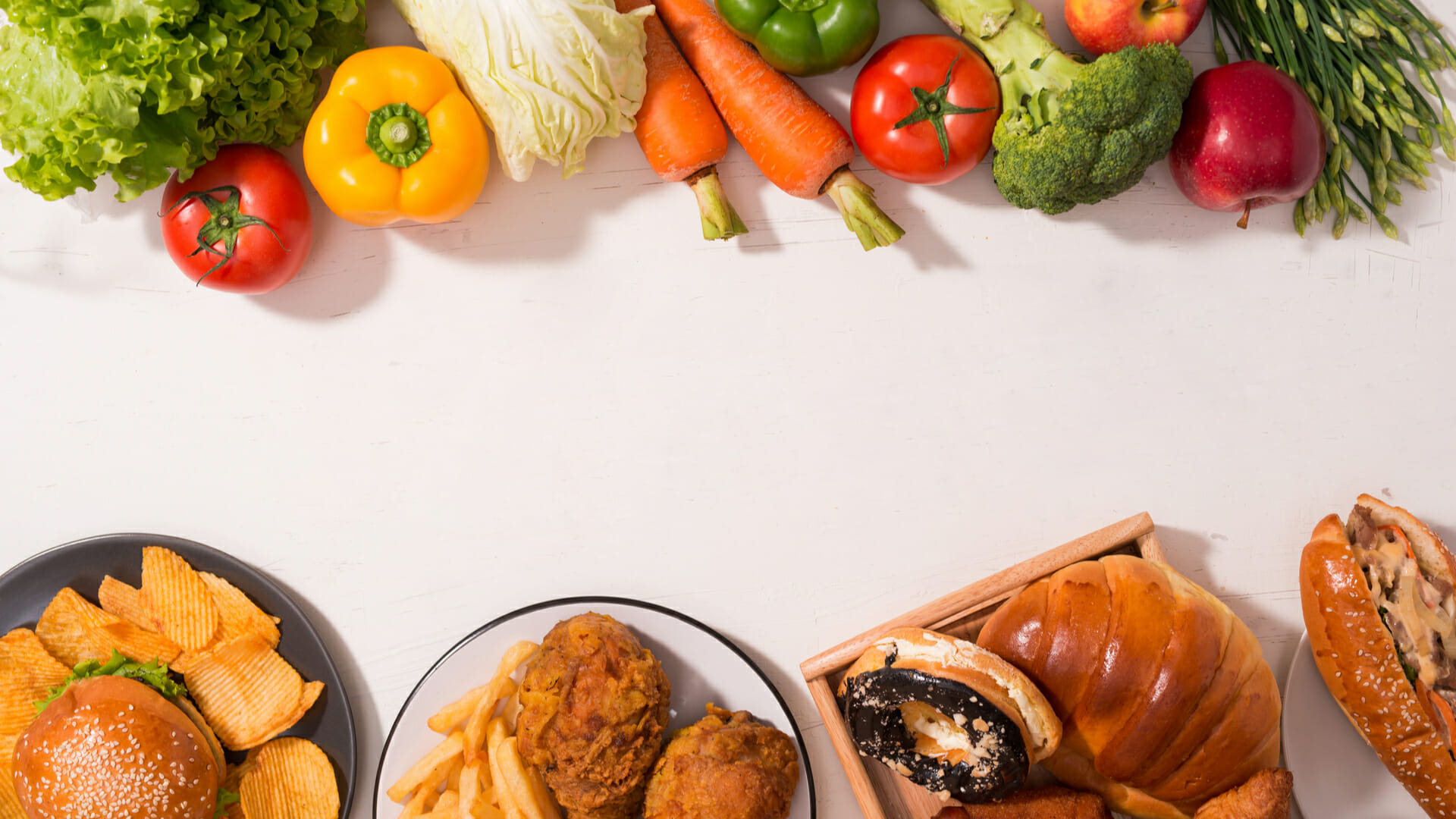
When it comes to macronutrients (protein, carbs, and fats), meticulously measuring the breakdown of macros in each meal isn’t the most important factor if your goal is fat loss. Instead, your daily eating should focus mainly on food quality–this includes regular consumption of whole, nutrient-dense, and diverse foods and avoiding processed forms. Understanding food quality requires both recognizing the nutrients that our body needs to optimize fat burning and avoiding those that disrupt blood sugar balance and gut health.
The importance of food quality to optimize weight loss
Macros (macronutrients) are the essential nutrients required in large amounts by the body for major processes, including energy metabolism. There are three key macronutrients—carbohydrates, protein, and fat—which are measured in the form of calories (or kcal). Carbohydrates and protein provide 4kcal per gram, while fat provides 9kcal per gram. These macronutrients play a key role in every physiological process in the body from appetite regulation to energy metabolism and immune system function. Different combinations (daily ratios) of daily protein, fat, and carbs intake can be individualized to target specific body composition goals–weight loss, strength etc. However, everyone’s daily macronutrient requirements largely vary and depend on a number of factors–gender, age, basal metabolic rate (BMR), and activity level etc.
Balanced Eating vs. Macro Counting
One of the key differences between following a balanced eating pattern versus one focused mainly on macro counting is understanding the difference between good vs poor quality macronutrients. Why is this important? Let’s say your recommended daily caloric intake is approx. 1700 calories for example, however, the majority of these calories consumed are refined sugar, fried/fast foods, and/or processed foods. This means that regardless of whether or not you hit your daily caloric intake of 1700 (or specific macro ratio goal) you haven’t actually gained any real nutritional benefit from these foods. In fact, excess consumption of processed foods has been found to induce training plateaus and limit progress because your body is not obtaining subsistence like dietary fiber to support healthy digestion and key nutrients (vitamins, minerals, antioxidants) to support training adaptations. The key to achieving a specific fitness goal through macro tracking is to not only determine your goal-targeted daily calorie intake (using the F45 Challenge app) but to also understand what makes up quality protein, carbs, and fats as part of a well-balanced, nutritious eating routine.
Choosing quality macronutrients
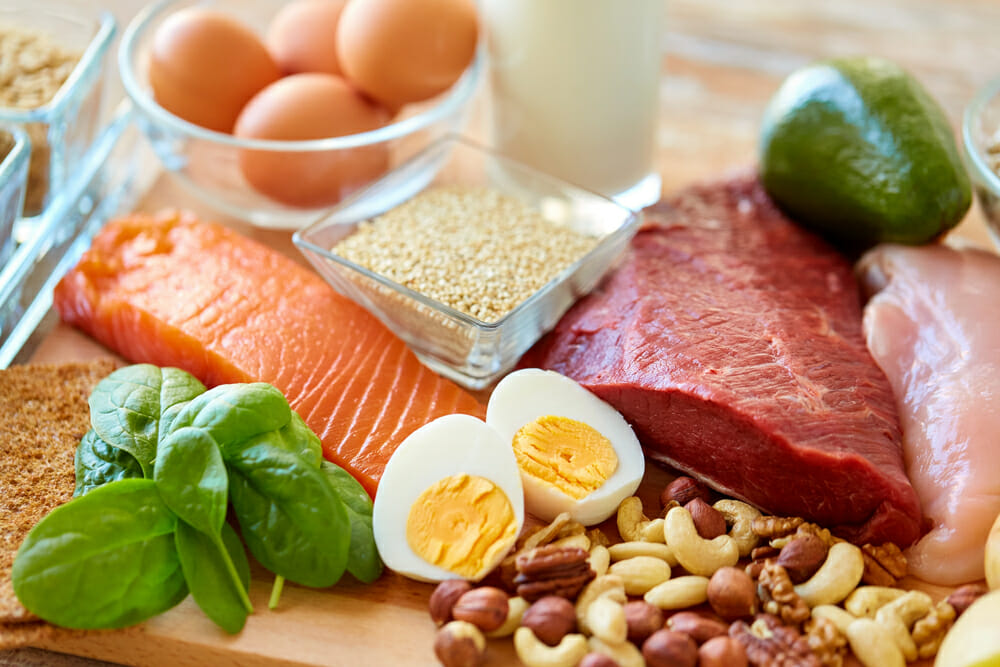
Protein
Protein is made up of 20 different amino acids, also known as the ‘building blocks’ of protein. There are 11 non-essential amino acids and 9 essential amino acids. Non-essential amino acids are made by the body, and therefore don’t have to be consumed through food. Essential amino acids must come from the diet, and are found in fish, poultry, meat and eggs, along with plant-based protein sources such as lentils, beans, nuts, and seeds. Research has found that incorporating quality sources of protein in the morning and throughout the day—such as egg whites, beans, or nuts—can enhance the rate at which the body burns calories or in other words kickstart your body’s fat burning capacity. This metabolic boost is due to the ‘thermic effect of food,’ or a temporary boost in metabolism due to processing and storing of macronutrients. Protein-rich foods tend to have the greatest influence on this thermic effect.
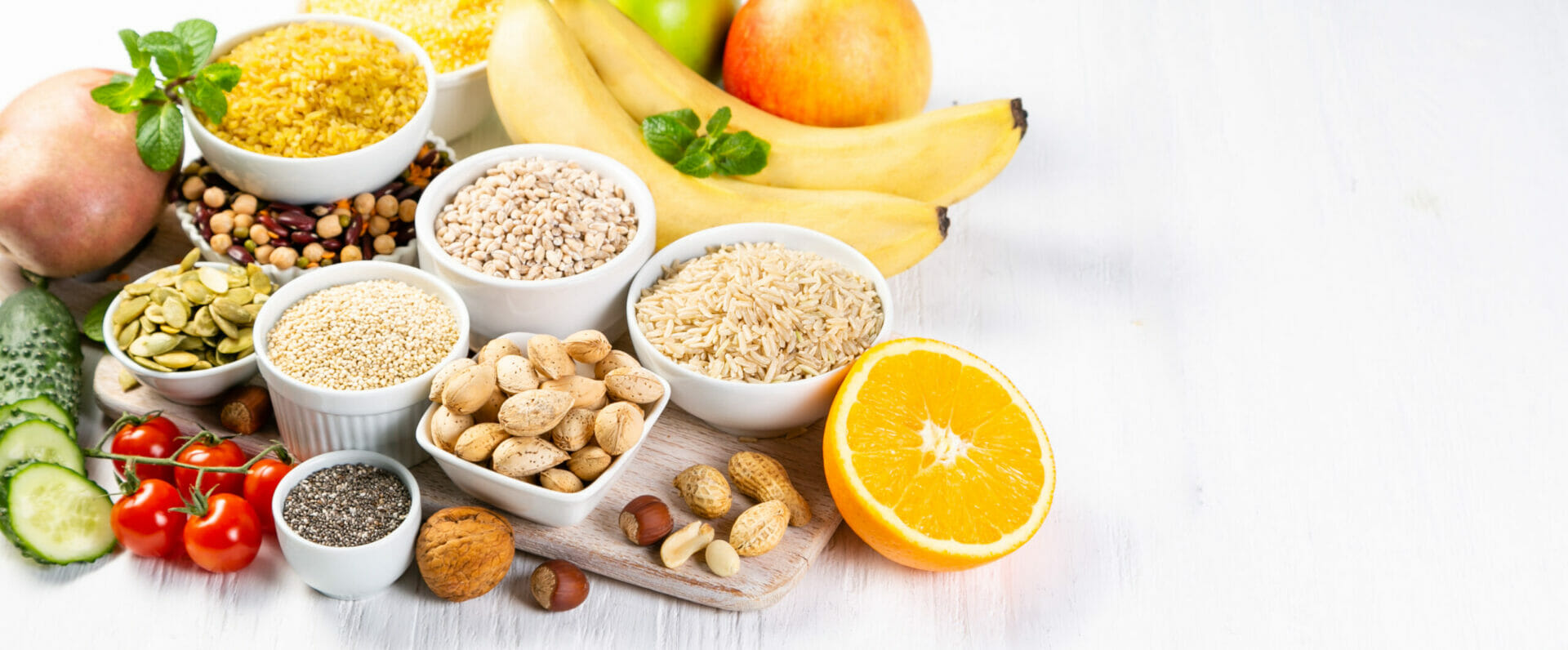
Carbohydrates
Carbs consist of sugars, starches, and fiber and are categorized as simple or complex carbs. Simple carbohydrates or simple sugars (honey, syrup) are broken down rapidly into glucose, while complex carbohydrates (starches, grains, non-starchy veggies) take longer to break down. Glucose is either used by the body for immediate energy or stored in the liver as glycogen for later use. Dietary fiber found in whole foods like whole grains, veggies, and fruit is a key nutrient that provides bulk and subsistence to our meals. It slows digestion and increases feelings of fullness while also helping to balance blood sugar to curb cravings. Fiber-rich foods are digested at a slower rate compared to highly processed forms, which are stripped of their nutrients. Fiber intake can be increased by incorporating veggies at each meal and swapping processed snack foods for fresh fruit.
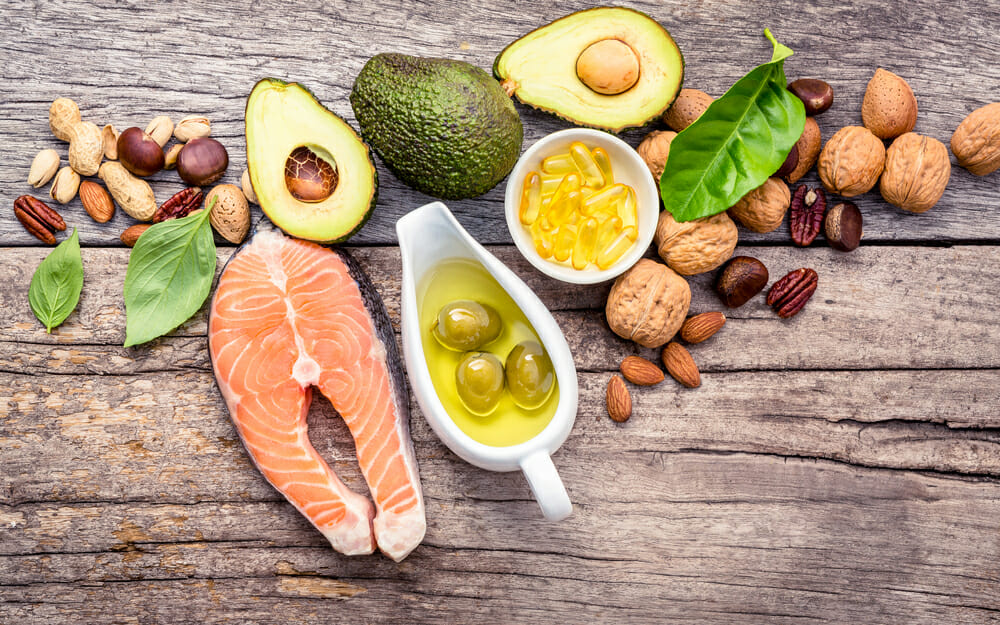
Fats
Fat is categorized as either unsaturated, saturated, or trans fat. Not all fats are created equal, which is why it’s essential to incorporate quality fats in our diet. As noted by the World Health Organization, fat consumption should primarily come from unsaturated sources, with low intake of saturated fats (10%) and no more than 1% of total energy intake from trans fats. Unsaturated fats originate from plant sources (avocados, nuts, nut butters, seeds) along with fatty fish (salmon, tuna, herring). Trans fats are heavily processed and include partially-hydrogenated oils found in margarines, snack foods, and store-bought desserts.
To learn more, browse the F45 Challenge Blog
Why We Need to Use More Than Just Bodyweight to Track Challenge Progress
